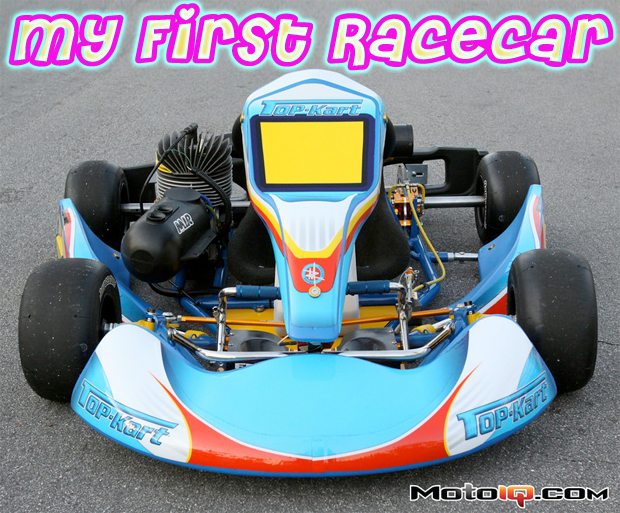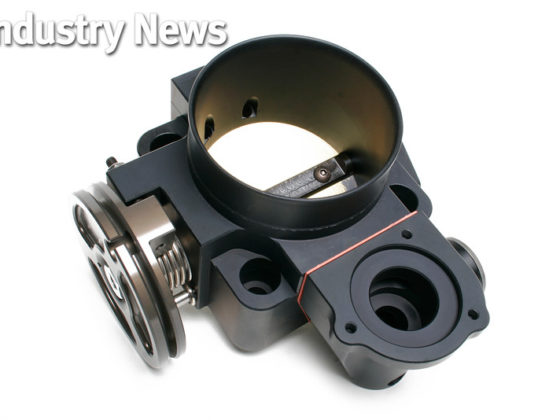,
 |
| The IAME HPV engine is a 100cc two stroke piston port engine. It has a reputation for durability, low maintenance and reliability. It is also exceedingly flexible, capable of anywhere from 8-20 hp depending on what class it is set up for. To switch classes, all you have to do is switch pipes, carburettors and intake restrictors. The top rpm is also regulated this way from 13,500 all the way to 20,000 rpm. This engine is a good choice for a young racer as it can be upgraded and moved though 4 different power levels and classes inexpensively as the racer gets older and more experienced. |
 |
| Christa’s class is going to be HPV-1 which is the most restrictive HPV class. Parts limit the engine to around 8 hp. The pipe is one of the parts that define an HPV-1 engine. It is a spec pipe that is designed for a wide powerband and to limit peak power. |
 |
| The pipe’s diffuser has small bleed holes that limit top end power. These are checked with a go-no-go gage. |
We also decided to run an IAME HPV engine for its durability and reliability. The HPV engine is an air cooled piston port two stroke spec engine which must be raced in stock form. The HPV can be run in 4 different classes from HPV-1 through HPV-4, which range from 8 to 20 hp. The power levels are controlled using different pipes, carburetors and inlet restrictors. This way the kart can be upgraded as Christa’s skill level rises and she can compete with this kart into her teens. The HPV engine uses a simple single speed drivetrain with a spec fixed centrifugal clutch, all good things as clutch tuning is a significant trick in other classes and a spec clutch means one less thing to mess with.
 |
| The HPV-1 engine uses a tiny Walbro pumper carburetor, an airbox and an inlet restrictor to limit power. The restrictor is the red anodized piece shown here. |
 |
| Clutch tuning is a big part of single speed kart racing science. HPV classes outlaw this and you are required to run a spec clutch. This eliminates a bunch of fiddling around and testing. Horstman makes the spec clutch. |
One of the cool things about the classes for kids is that there are plenty of good karts on the used market as kids are always outgrowing and moving up in racing classes. After some searching on Craigslist we found the kart we were looking for, a 2006 Top Kart Cadet with a low hour blueprinted engine by Hyper Racing Engine’s Terry Nash. Since kart chassis development changes frequently, we called our local dealers to find out if the 2006 chassis was still competitive which they assured us it was. Blueprinting is making sure that the engines specs are all toward the good side while staying within the rules which can make a big difference. A blueprinted engine is a major expense and the fact that the kart had one was a big plus. The kart was fully sorted and had a winning history. The price was right and it was purchased. One thing about our poor economy is that there are plenty of deals on the market. A new HPV powered Top Kart Cadet goes for around $5500 so used is a great way to go.
 |
| A Digatron electronic dash has a sensor for lap time, a digital tach and cylinder head temperature displays. |



